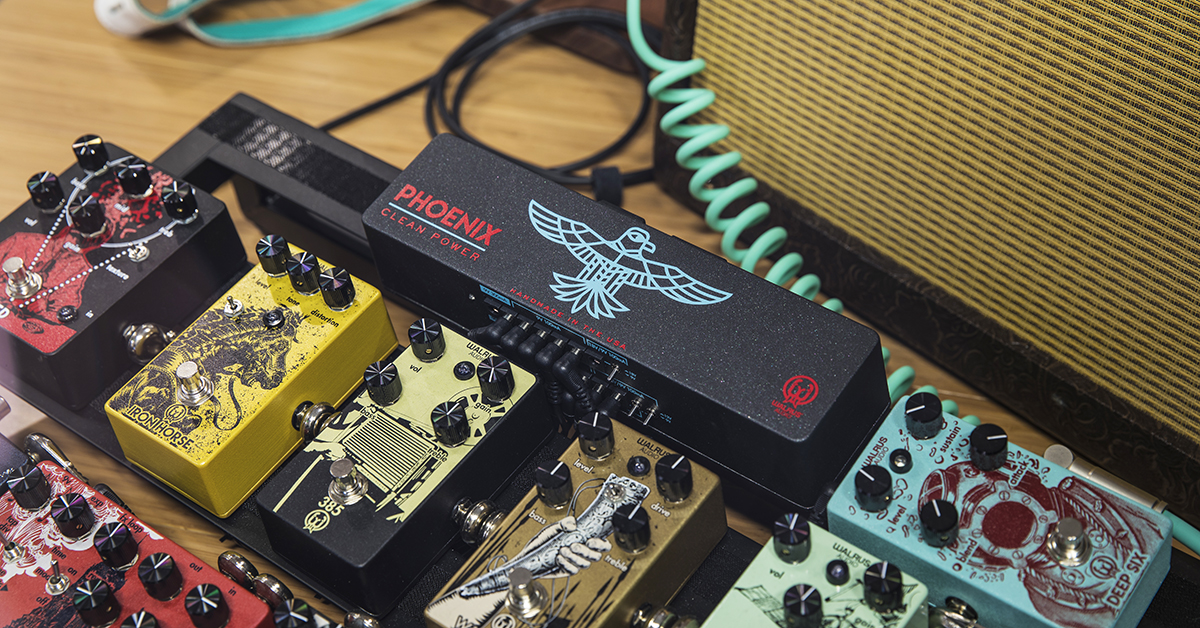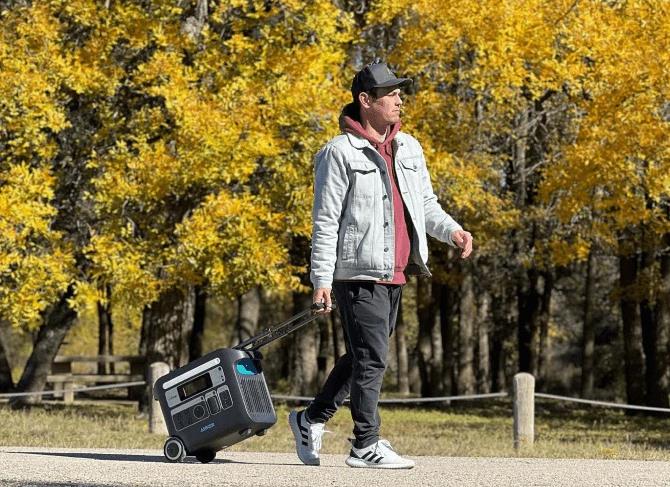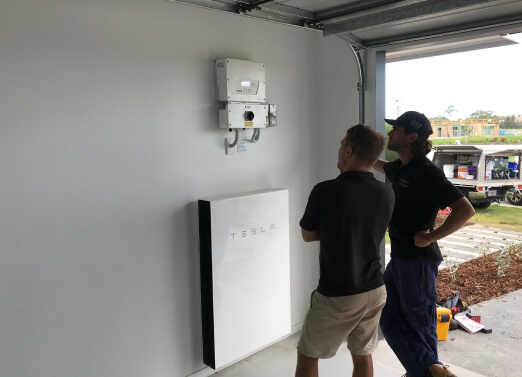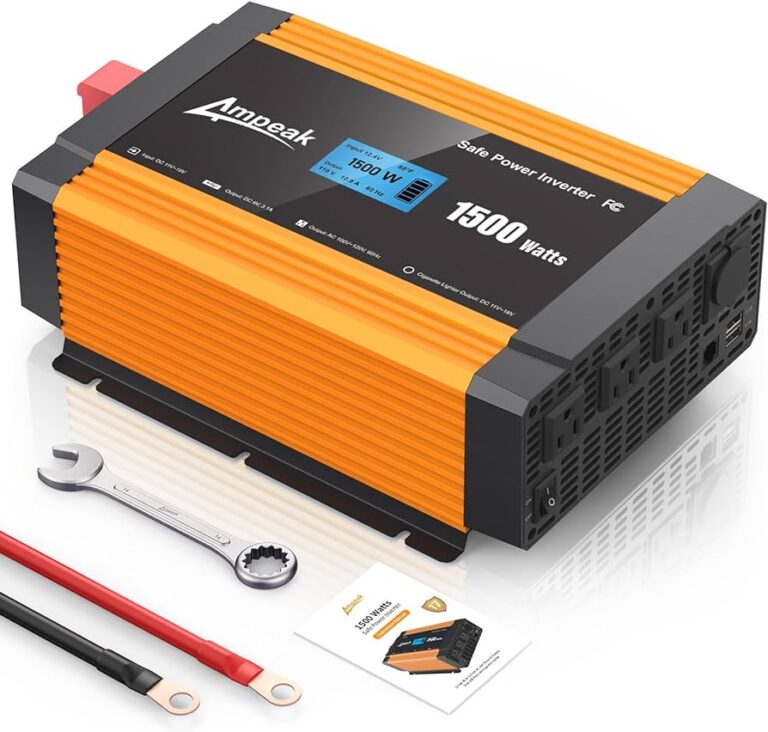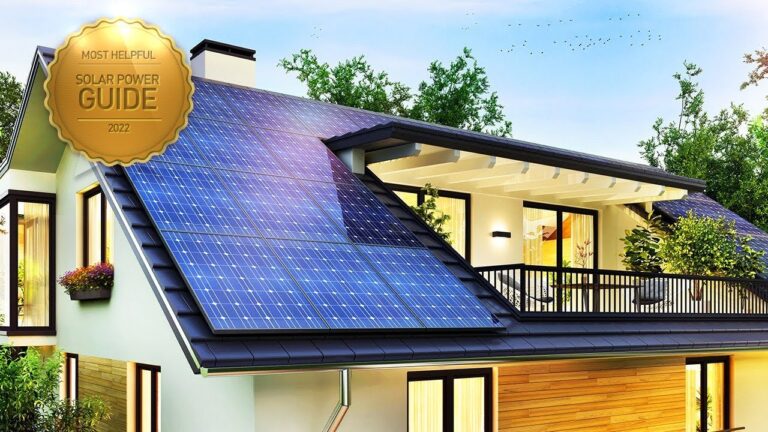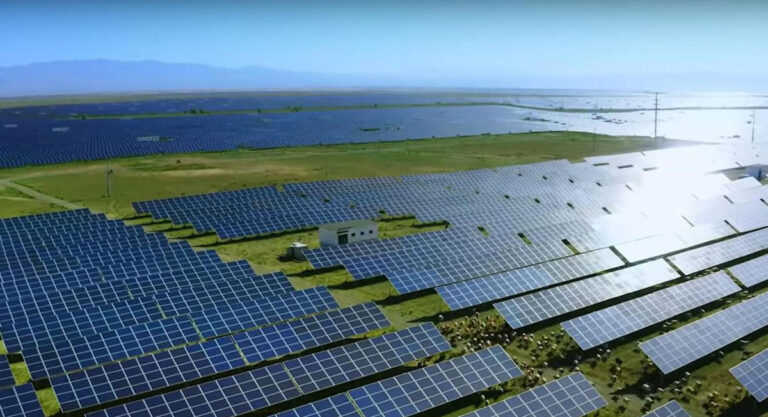From Outlet to On-The-Go: Demystifying 110V to 12V Inverters for Efficient Voltage Conversion
A 110V to 12V inverter is a device that converts the electrical voltage from a standard wall outlet (110V or 220V) to 12V DC power. This eliminates the need for batteries in battery-powered equipment.
By using an AC to DC power converter, you can efficiently convert the voltage and power your devices on-the-go without draining the battery. These converters are essential for providing efficient voltage conversion for various applications, such as in vehicles, RVs, boats, and other battery-powered equipment.
They are reliable, cost-effective, and convenient solutions for powering your devices wherever you are.
Table of Contents
What Are 110V To 12V Inverters And How Do They Work?
Convert 110V to 12V with AC to DC Power Converters. These converters eliminate the need for batteries by taking AC power from the wall outlet and converting it to 12V DC power, making them perfect for on-the-go battery-powered devices. Say goodbye to expensive car batteries!
Definition And Purpose Of 110V To 12V Inverters:
- 110V to 12V inverters are electronic devices designed to convert the standard household voltage of 110V AC (alternating current) into a lower voltage of 12V DC (direct current).
- The purpose of these inverters is to enable the use of low-voltage devices, such as car accessories, RV appliances, and small electronics, that require a 12V power source, even when only a 110V outlet is available.
Explanation Of Voltage Conversion And Its Significance:
- Voltage conversion refers to the process of changing the voltage level of an electrical power supply to match the requirements of a specific device.
- In the case of 110V to 12V inverters, the conversion is necessary because many devices, especially those designed for automotive or mobile use, operate at lower voltages than standard household power.
- The significance of voltage conversion lies in its ability to make devices that would normally require a specific voltage compatible with different power sources, expanding their usability in various scenarios.
How 110V To 12V Inverters Convert Power For Different Devices:
- Step 1: The 110V AC power from the outlet is received by the inverter.
- Step 2: The inverter’s internal circuitry converts the AC power into DC power.
- Step 3: The DC power is then regulated and transformed to provide a stable 12V DC output.
- Step 4: This converted power is then delivered through the inverter’s outlets or ports, ready to be used by devices that require a 12V power source.
- Step 5: The inverter also typically includes safety features, such as overload protection and short-circuit prevention, to ensure the safe operation of connected devices.
Overall, 110V to 12V inverters play a crucial role in enabling the efficient use of low-voltage devices by converting the power from standard household outlets to a suitable voltage level.

Credit: circuitdigest.com
Different Types Of 110V To 12V Inverters And Their Applications
Discover the various types of 110V to 12V inverters for efficient voltage conversion. From AC to DC Power Converters to replace expensive car batteries to AC/DC voltage converters that eliminate the need for batteries, these inverters are perfect for on-the-go power solutions.
Overview Of Modified Sine Wave Inverters:
- Modified sine wave inverters are a type of 110V to 12V inverter that convert the 110V AC power from outlets into a modified form of sine wave.
- They are more affordable compared to pure sine wave inverters.
- Modified sine wave inverters are capable of powering most electronic devices, including appliances with motors, such as refrigerators and power tools.
- However, they may not be suitable for sensitive electronics that require a clean and stable power supply.
Benefits And Drawbacks:
- They are cost-effective and readily available in the market.
- Modified sine wave inverters can power a wide range of devices, making them versatile and practical for different applications.
- However, the output power quality of modified sine wave inverters is not as clean as pure sine wave inverters. This can result in performance issues or damage to certain appliances and devices.
- Sensitive electronics, medical equipment, audio and video devices, and certain power tools may experience problems when powered by a modified sine wave inverter.
Suitable Applications And Devices:
- Modified sine wave inverters are commonly used for off-grid power systems, camping, tailgating, and emergency backup power.
- They are suitable for powering appliances like refrigerators, microwaves, kitchen appliances, tools, lighting, TVs, gaming consoles, and small electronic devices.
- However, if you are using sensitive electronics, medical equipment, high-end audio and video devices, or certain power tools, it is advisable to use a pure sine wave inverter for better performance and protection.
Introduction To Pure Sine Wave Inverters:
- Pure sine wave inverters are a high-end type of 110V to 12V inverter that produce a clean and stable power output, replicating the quality of the grid power supply.
- They generate a smooth and consistent sine waveform, ensuring compatibility with all types of appliances and devices.
- Pure sine wave inverters are more expensive compared to modified sine wave inverters, but they provide superior performance and protection for sensitive electronics.
Advantages And Disadvantages:
- Pure sine wave inverters provide a clean and reliable power supply, which is essential for sensitive electronics, medical equipment, audio and video devices, and power tools.
- They eliminate humming or noise interference common with modified sine wave inverters, resulting in enhanced audio and video quality.
- However, pure sine wave inverters are more expensive than modified sine wave inverters, making them less affordable for some users.
Ideal Applications And Devices For Pure Sine Wave Inverters:
- Pure sine wave inverters are recommended for powering sensitive electronics like laptops, computers, printers, audio systems, home theater setups, and gaming consoles.
- They are also suitable for medical devices, communication equipment, RVs, boats, solar power systems, and other applications that require a high-quality and stable power supply.
The choice between modified sine wave inverters and pure sine wave inverters depends on the specific needs of your devices and applications. While modified sine wave inverters provide a cost-effective solution for basic power needs, pure sine wave inverters offer higher performance and compatibility with sensitive electronics.
Consider the requirements of your devices and choose the appropriate inverter to ensure efficient voltage conversion.
Can I Use a 24V DC to 120V AC Inverter for Converting 110V to 12V?
When it comes to choosing the right inverter for 24v dc to 120v ac conversion, it is important to consider your specific needs. However, if your goal is to convert 110V to 12V, using a 24V DC to 120V AC inverter may not be the ideal solution. It is advisable to opt for an inverter designed for the exact voltage conversion you require to ensure optimal performance and efficiency.
Factors To Consider When Choosing A 110V To 12V Inverter
Factors to consider when choosing a 110V to 12V inverter include the power capacity, number of outlets, and compatibility with your devices. Additionally, ensure that the inverter has safety features like overload protection and efficient cooling mechanisms to ensure optimal performance.
When it comes to choosing a 110V to 12V inverter, there are a few key factors that you need to consider. These factors will ensure that the inverter you choose is compatible with your devices and provides efficient voltage conversion.
Let’s take a closer look at these factors:
- Wattage and power requirements for your devices:
- Determine the total wattage of the devices you plan to connect to the inverter.
- Choose an inverter with a wattage capacity that exceeds the total wattage of your devices to ensure smooth operation.
- Efficiency and power output of the inverter:
- Look for an inverter with high efficiency to minimize power loss during voltage conversion.
- Consider the power output of the inverter, which should be sufficient to handle the power requirements of your devices.
- Input and output connections and compatibility:
- Check the input voltage range of the inverter to ensure it is compatible with your power source.
- Verify that the inverter has the appropriate output connections, such as AC outlets or USB ports, to accommodate your devices.
- Built-in safety features and protection mechanisms:
- Look for an inverter that has built-in safety features like overload protection, short circuit protection, and over-temperature protection.
- These features will safeguard your devices and the inverter itself from any potential damage.
Choosing the right 110V to 12V inverter requires careful consideration of these factors. By assessing the wattage requirements, efficiency, compatibility, and safety features, you can ensure that you select an inverter that will efficiently convert voltage for your devices while keeping them protected.
Tips For Efficient And Safe Use Of 110V To 12V Inverters
Efficient and safe use of 110V to 12V inverters is made simple with these tips. Convert voltage from outlet to on-the-go with AC/DC power converters, eliminating the need for expensive car batteries.
Proper installation and maintenance guidelines:
- Ensure that the inverter is connected to a properly grounded and rated power source.
- Follow the manufacturer’s instructions for installation to prevent any electrical faults.
- Regularly inspect and maintain the inverter for any signs of wear or damage.
Best practices for connecting devices to the inverter:
- Start by connecting devices with lower power requirements before connecting high-power devices.
- Make sure the inverter’s power output matches the power requirements of the device.
- Avoid overloading the inverter by not exceeding its maximum power capacity.
Safety precautions to prevent electrical hazards:
- Never touch the inverter or its cables with wet hands to avoid electrical shock.
- Use high-quality extension cords and cables to minimize the risk of short circuits.
- Keep the inverter and its cables away from flammable materials or liquids.
- Do not operate the inverter in enclosed or poorly ventilated spaces to prevent overheating.
Remember, following these guidelines will ensure the efficient and safe use of 110V to 12V inverters. Always prioritize safety when using electrical devices to prevent any accidents or damage.
Common Faqs About 110V To 12V Inverters Answered
Learn all about 110V to 12V inverters and how they efficiently convert voltage for on-the-go use. Discover answers to common FAQs, such as how to convert 110 volts to 12 volts without using batteries. Upgrade your power supply with an AC to DC power converter that eliminates the need for expensive car batteries.
Can A 110V To 12V Inverter Work With All Devices?
- Yes, a 110V to 12V inverter can work with a wide range of devices, including:
- Small appliances such as laptops, smartphones, and tablets.
- Automotive accessories like car chargers and GPS devices.
- Power tools, camping equipment, and other portable devices.
- Audio and video equipment such as TVs, stereos, and game consoles.
How Do I Calculate The Power Requirements For My Devices?
- To calculate the power requirements for your devices when using a 110V to 12V inverter, follow these steps:
- Identify the wattage of each device. This information can usually be found on the device itself or in the user manual.
- Multiply the wattage by the number of hours you plan to use the device to determine the total power consumption in watt-hours.
- Add up the power consumption of all your devices to get the total power requirement.
- Make sure the power rating of your inverter is equal to or greater than the total power requirement of your devices.
Can I Use A 110V To 12V Inverter With My Car Battery?
- Yes, a 110V to 12V inverter can be used with a car battery. In fact, it is a common use case for these inverters. Here are a few things to keep in mind:
- Ensure that your car battery has enough capacity to power the devices you plan to use with the inverter.
- Connect the inverter to the car battery using the appropriate cables and connectors.
- Be aware of the power limitations of your car’s electrical system and avoid overloading it.
Are Pure Sine Wave Inverters Better For Sensitive Electronics?
- Yes, pure sine wave inverters are better suited for sensitive electronics. Here’s why:
- Pure sine wave inverters produce a clean, stable waveform that closely resembles the electricity from the grid.
- This makes them safe to use with sensitive devices such as medical equipment, audio/video equipment, and certain types of power tools.
- Modified sine wave inverters, on the other hand, can produce a choppy waveform that may cause issues with sensitive electronics, leading to reduced performance or even damage in some cases.
Remember, when choosing a 110V to 12V inverter, consider the specific devices you plan to use, their power requirements, and whether pure sine wave or modified sine wave is more suitable for your needs.
Frequently Asked Questions On From Outlet To On-The-Go: Demystifying 110V To 12V Inverters For Efficient Voltage Conversion
How To Convert A 110 Volt To 12 Volts?
To convert a 110 volt to 12 volts, you can use an AC to DC Power Converter. These converters are designed to replace the need for expensive 12V DC car batteries. They take the 110V or 220V AC power from a wall outlet and convert it into 12V DC power.
This eliminates the need for batteries in battery-powered equipment. AC/DC voltage converters are heavy duty and efficient in converting AC power to 12V DC power. By using a power converter, you can easily and efficiently convert the voltage from 110V to 12V, allowing you to power your devices without the need for a separate 12V DC power source.
How Efficient Are 12V To 120V Inverter?
12V to 120V inverters are efficient in converting the 12V DC power from car batteries or other 12V power sources into 120V AC power. These inverters are designed to provide the necessary voltage transformation for running electrical devices that require 120V power, such as household appliances and electronics.
By using an inverter, you can power your devices on the go, even when you don’t have access to traditional outlets. The efficiency of 12V to 120V inverters can vary depending on the model and quality of the inverter. However, most inverters available on the market are designed to provide high levels of efficiency, ensuring minimal energy loss during the conversion process.
It is important to choose a reliable and reputable brand to ensure optimal performance and efficiency.
How Efficient Are 12V Inverters?
12V inverters are highly efficient in converting power from 12V DC (direct current) to 110V AC (alternating current). They eliminate the need for batteries and provide a reliable source of power for battery-powered equipment. AC to DC power converters take the 110V or 220V AC power from a wall outlet and convert it to 12V DC power.
This makes them ideal for use in cars, RVs, boats, and other off-grid applications. Efficiency is a crucial factor when considering 12V inverters. These inverters typically have high efficiency ratings, ranging from 80% to 95%. This means that most of the electrical power from the DC input is accurately converted to AC output power, while minimizing power loss and heat generation.
The efficiency of 12V inverters ensures that the power conversion process is optimized and allows for the operation of various electronic devices and appliances. It is important to select a high-quality 12V inverter with a good efficiency rating to ensure optimal performance and energy savings.
What Is The Difference Between A Converter And An Inverter?
A converter and an inverter are two different devices used for voltage conversion. A converter is used to convert alternating current (AC) voltage to direct current (DC) voltage. It takes the AC power from the wall outlet and converts it to DC power, which is commonly used by battery-powered equipment.
This eliminates the need for batteries and allows the equipment to operate directly from the AC power source. On the other hand, an inverter is used to convert direct current (DC) voltage to alternating current (AC) voltage. It takes the DC power from a battery or another DC source and converts it to AC power, which is commonly used in household appliances and electronics.
This allows DC-powered devices to operate from an AC power source. In summary, a converter converts AC to DC voltage, while an inverter converts DC to AC voltage.
Conclusion
To make the switch from outlet power to on-the-go convenience, 110V to 12V inverters are the solution you need. These versatile devices allow for efficient voltage conversion, making it possible to power your devices and equipment while on the road.
With the ability to convert AC power from a wall outlet to DC power, you can eliminate the need for expensive 12V car batteries and rely on an inverter instead. Whether you’re camping, traveling, or simply need to power your devices while away from home, 110V to 12V inverters provide a convenient and cost-effective solution.
With a variety of options available on the market, you can find an inverter that meets your power needs and ensures a seamless transition from outlet power to on-the-go convenience. Say goodbye to battery-powered equipment and hello to the efficiency of 110V to 12V inverters.

